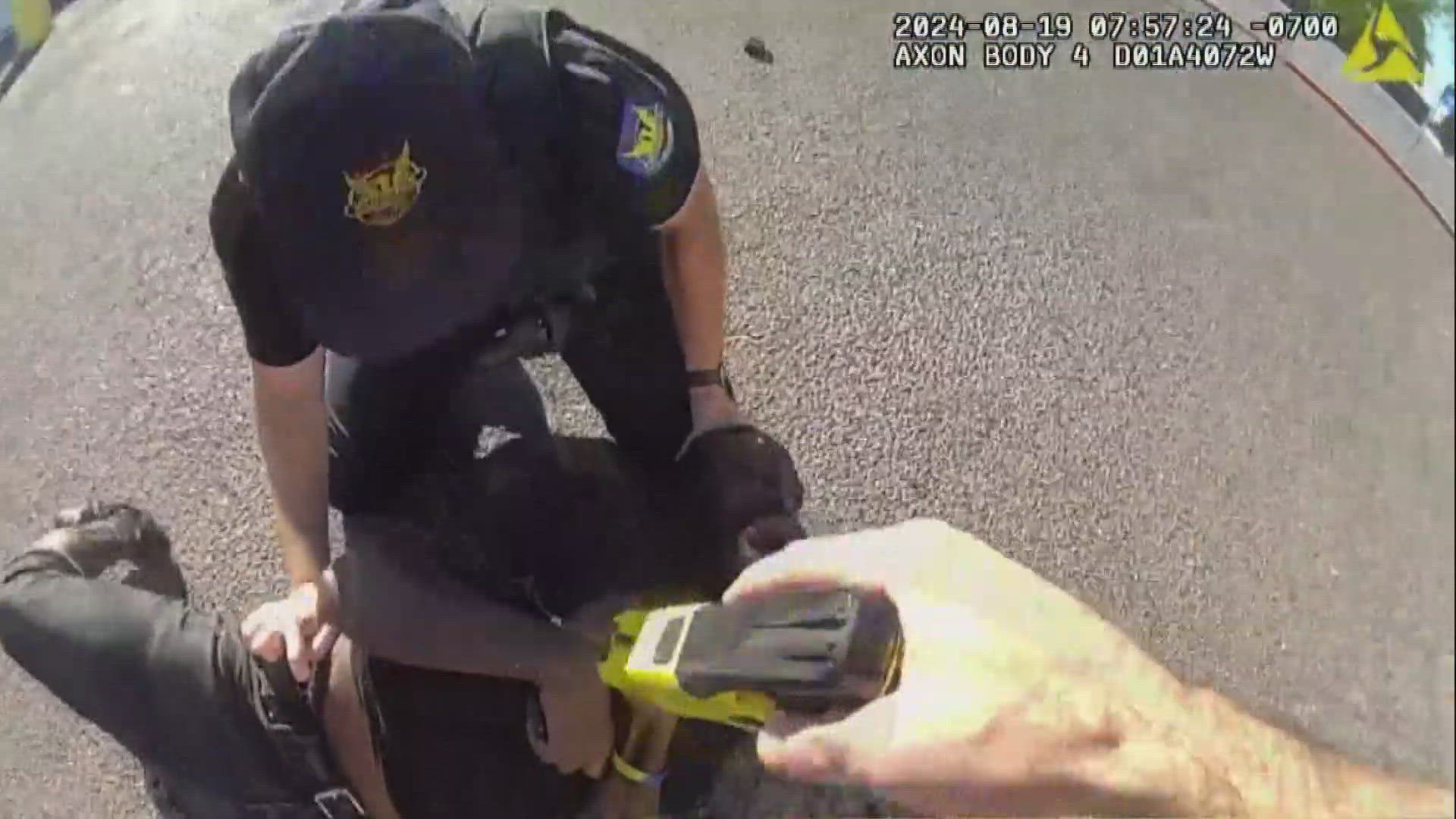![-PNI abrk Cusseaux shooting folo04.JPG_20140818.jpg[ID=14266385] ID=14266385](http://www.gannett-cdn.com/-mm-/f60465711a2d159c813ec83a7df4ef4a2b6e0a84/c=238-0-4831-3453&r=115x86/local/-/media/Phoenix/2014/08/18/-pniabrkcusseauxshootingfolo04.jpg20140818.jpg) A mother calls for help and a daughter winds up dead. Those are stark facts.
A mother calls for help and a daughter winds up dead. Those are stark facts.
But at the intersection of mental illness and law enforcement, nothing is simple.
The case of 50-year-old Michelle Cusseaux, shot and killed by Phoenix Police Thursday after she threatened officers with a hammer, is a tragedy that defies easy explanations.
MORE : Cusseaux's family speaks
An internal police review and an investigation by the Maricopa County Attorney's Office into the shooting may answer the most obvious question: Did police use excessive force?
Cusseaux had a serious mental illness that her mother said included bipolar disorder, schizophrenia and depression. She also had six felony convictions, a long history of drug abuse and had reportedly threatened mental-health workers. She needed help.
Police arrived at her door to serve a court order to transport her to an inpatient mental-health facility. She met them with a hammer — and was shot dead.
Police face danger in many forms during the course of a day's work, and a hammer can be a deadly weapon. However, the four officers knew they were dealing with a seriously mentally ill woman. Why weren't they ready with non-lethal means of controlling her?
That is one of the questions the investigations need to answer.
![Cusseaux's family speaks[ID=14143005] ID=14143005](http://download.gannett.edgesuite.net/arizonarepublic/brightcove/29901534001/201408/2364/29901534001_3732765821001_video-still-for-video-3732867410001.jpg?pubId=29901534001)
But what happened to Michelle Cusseaux is not just about the police. It is symptomatic of a larger, systematic failure to meet the needs of the mentally ill.
People with mental illness too often wind up in the criminal justice system or the emergency room because they did not get services that could prevent a crisis. The Phoenix Police Department delivers an average of 10 mental-health orders a day, the same kind of order they were bringing to Cusseaux.
On-going efforts seek to increase law-enforcement awareness of mental-health issues. Jim Dunn, executive director of the National Alliance on Mental Illness in Arizona, said Phoenix police have been working productively with advocates.
Mary Lou Brncik is founder of David's Hope and director of the Arizona Mental Health and Criminal Justice Coalition, groups that work to increase treatment and reduce incarceration of people with mental-health issues. She has a different opinion.
"The Phoenix Police Department talks at us, but they don't listen to us," she said.
Dunn said he requested a meeting with Phoenix Police Chief Daniel V. Garcia after Cusseaux was killed, which has not yet been scheduled. It should happen soon.
The sense of frustration expressed by Cusseaux's family can have a direct impact on efforts to get people to reach out on behalf of loved ones who need intervention. The stigma about mental illness has long prevented people from seeking treatment. Fear of law enforcement should not become another barrier.
Phoenix police must move quickly to address the perception this incident creates, even as investigations ferret out the specific facts.
The larger community also needs to shoulder some responsibility. The persistent lack of services for those with mental-health problems compounds the challenges police face. The community helps people through physical-health problems. We need to do the same when the disease is of the mind.


